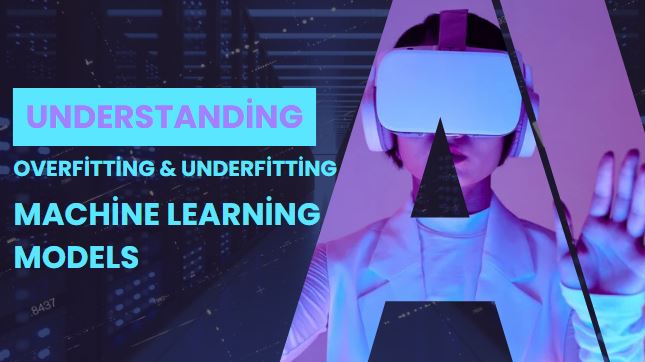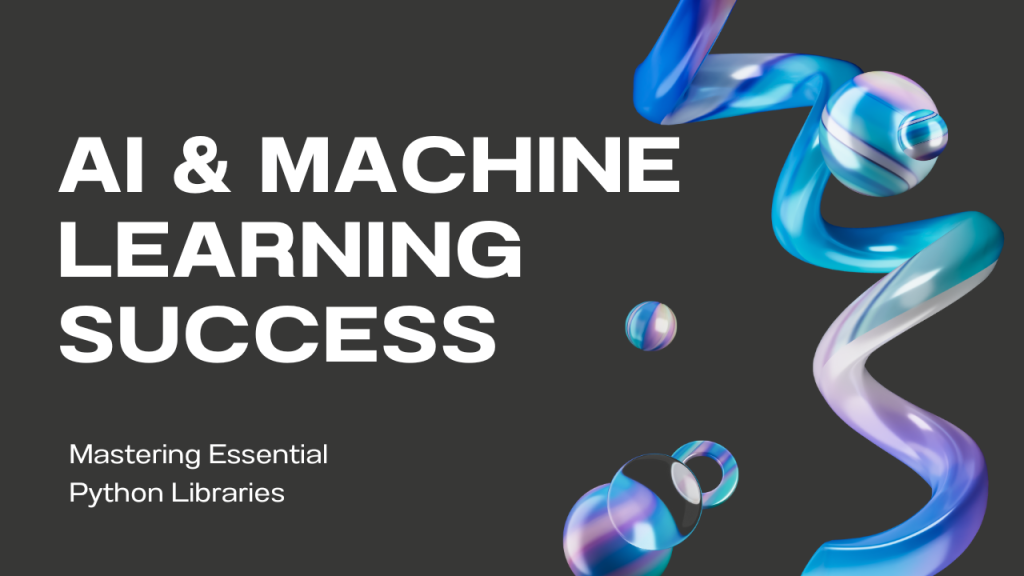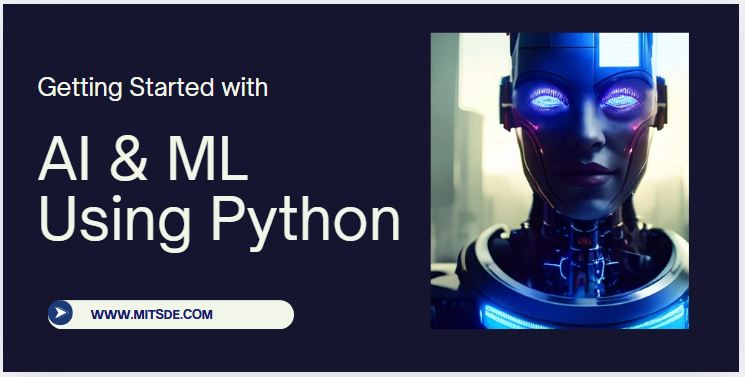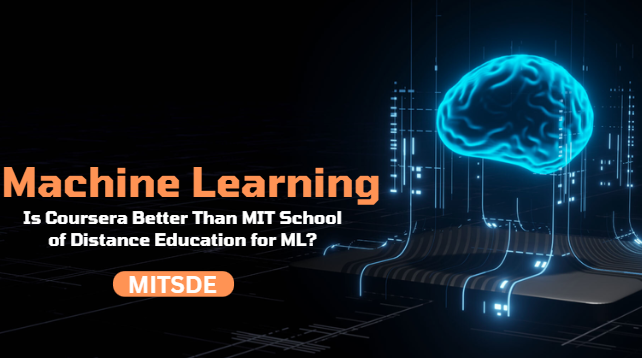
In the journey of developing machine learning models, two critical concepts frequently emerge: overfitting and underfitting. Understanding these issues is essential for creating models that generalize well to unseen data. This blog will explore what overfitting and underfitting are, their causes, and effective strategies to mitigate these problems, ensuring your models perform optimally.
What is Overfitting?
Overfitting occurs when a machine learning model learns not only the underlying patterns in the training data but also the noise. This results in a model that performs exceptionally well on training data but poorly on unseen or validation data. Overfitted models have high variance; they are overly complex and too finely tuned to the training dataset.
Causes of Overfitting:
- Complex Models: Using overly complex algorithms, such as deep learning networks with many layers, can lead to overfitting, especially with limited data.
- Insufficient Training Data: When the training dataset is small, the model can memorize the training examples rather than learn general patterns.
- Excessive Training: Training the model for too many epochs can cause it to learn noise and specific details of the training data.
Strategies to Mitigate Overfitting:
- Simplifying the Model: Choose a less complex model or reduce the number of features used in your model to focus on the most important data.
- Regularization Techniques: Implement techniques such as L1 (Lasso) or L2 (Ridge) regularization, which add a penalty for larger coefficients in the loss function, helping to prevent overfitting.
- Cross-Validation: Use techniques like k-fold cross-validation to evaluate model performance across different subsets of data, ensuring the model generalizes well.
- Early Stopping: Monitor the model’s performance on a validation set during training, and stop training when performance begins to degrade.
- Data Augmentation: For image and text data, augmenting the dataset through techniques like rotation, cropping, or translation can help improve model robustness.
What is Underfitting?
Underfitting occurs when a model is too simple to capture the underlying patterns in the data. As a result, it performs poorly on both the training and validation datasets. Underfitted models have high bias; they fail to learn enough from the training data.
Causes of Underfitting:
- Simplistic Models: Using a model that is not powerful enough to capture the complexity of the data, such as linear regression for a non-linear problem.
- Insufficient Training Time: Not allowing the model enough time to learn from the training data by stopping training too early.
- High Bias: Models with strong assumptions about the data distribution can lead to underfitting.
Strategies to Mitigate Underfitting:
- Increase Model Complexity: Switch to a more complex model that can capture the patterns in the data, such as moving from linear regression to decision trees or neural networks.
- Feature Engineering: Enhance the model by adding more relevant features that provide additional information, thereby improving its learning capacity.
- Allow More Training Time: Train the model for a longer period to give it more opportunity to learn the underlying patterns.
Finding the Right Balance
Achieving the right balance between overfitting and underfitting is crucial for developing effective machine-learning models. Techniques such as cross-validation can help identify the optimal model complexity and feature set. Regularly monitoring performance metrics on both training and validation datasets can guide adjustments.
Learning More about AI and Machine Learning
To deepen your understanding of these concepts, consider enrolling in the best courses for AI and machine learning. Programs like artificial intelligence and machine learning courses often cover these foundational topics in detail, helping you understand their implications in real-world scenarios.
For those interested in specific applications, courses focusing on machine learning in agriculture or machine learning for business analytics can provide insights into industry-specific challenges and solutions. Additionally, exploring the intersection of machine learning, AI, and deep learning will enhance your expertise in developing robust models.
If you’re looking to validate your skills, pursuing a certification for machine learning can be a valuable step in your career. By mastering concepts like machine learning what is, you’ll be well-prepared to tackle various challenges in this field.
Conclusion
Understanding overfitting and underfitting is essential for any data scientist or machine learning engineer. By implementing the strategies outlined above, you can develop models that perform well on both training and unseen data, ultimately driving success in your projects. Whether you’re a beginner or seeking to specialize, resources like AI ML deep learning courses provide the knowledge necessary to thrive in the ever-evolving landscape of machine learning.
By mastering these concepts, you’ll be better equipped to leverage machine learning’s full potential, transforming data into actionable insights for your business or research endeavors.



